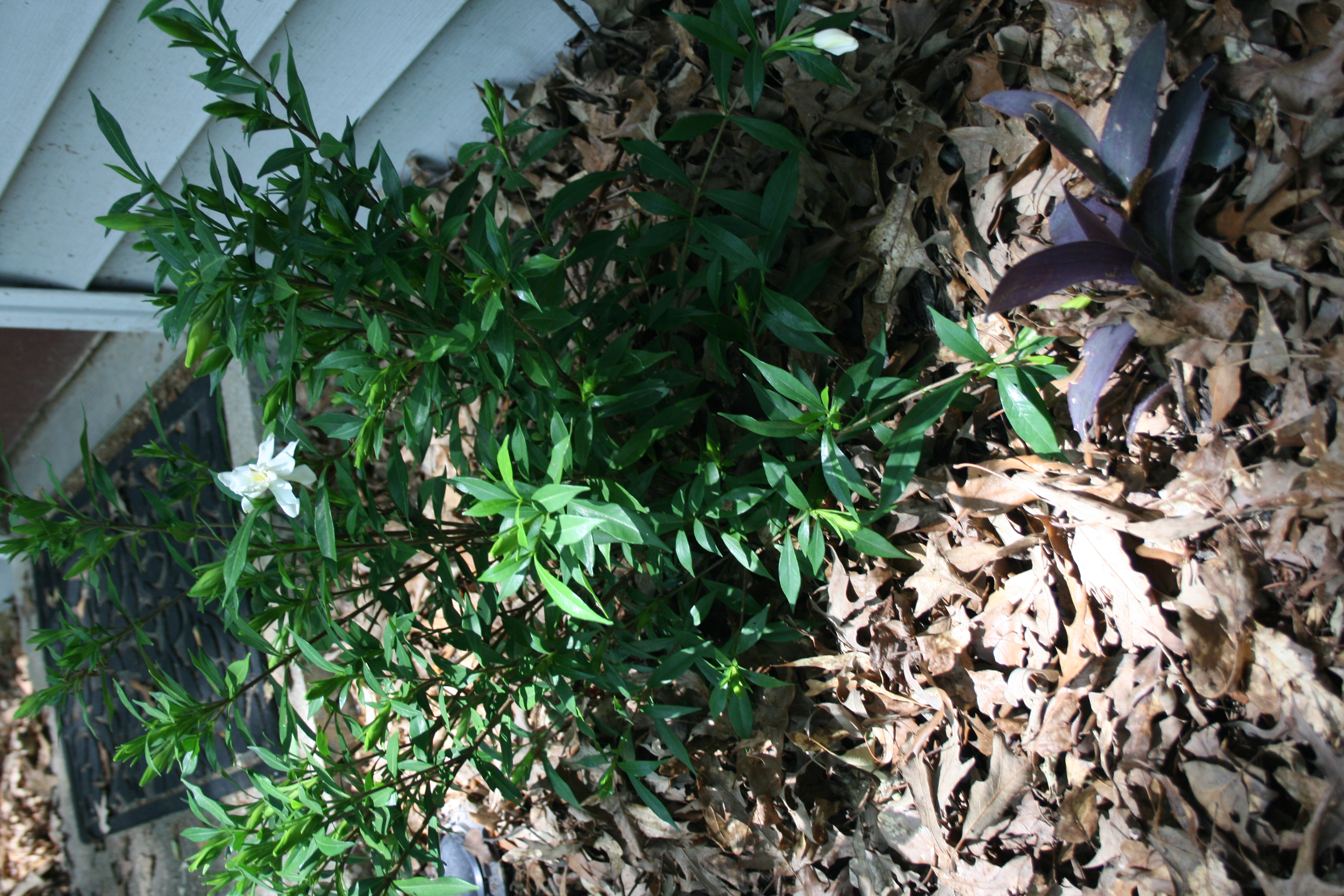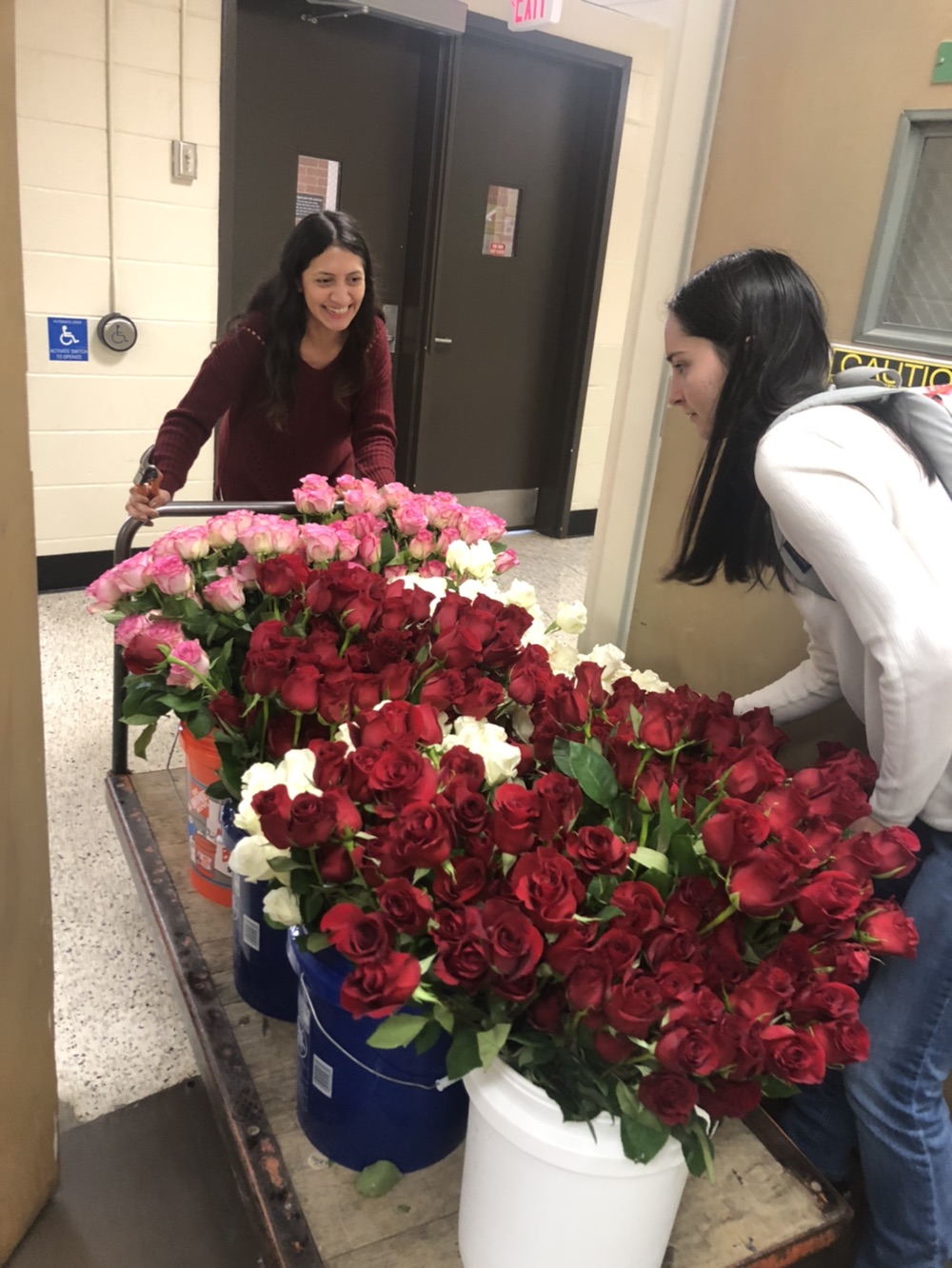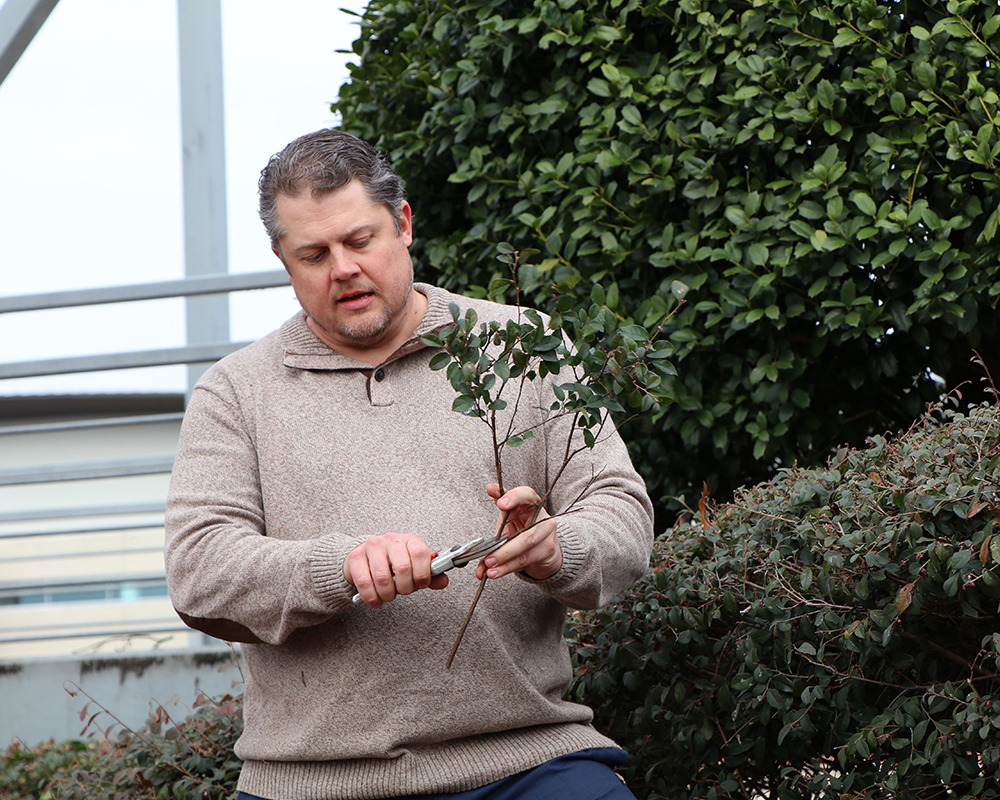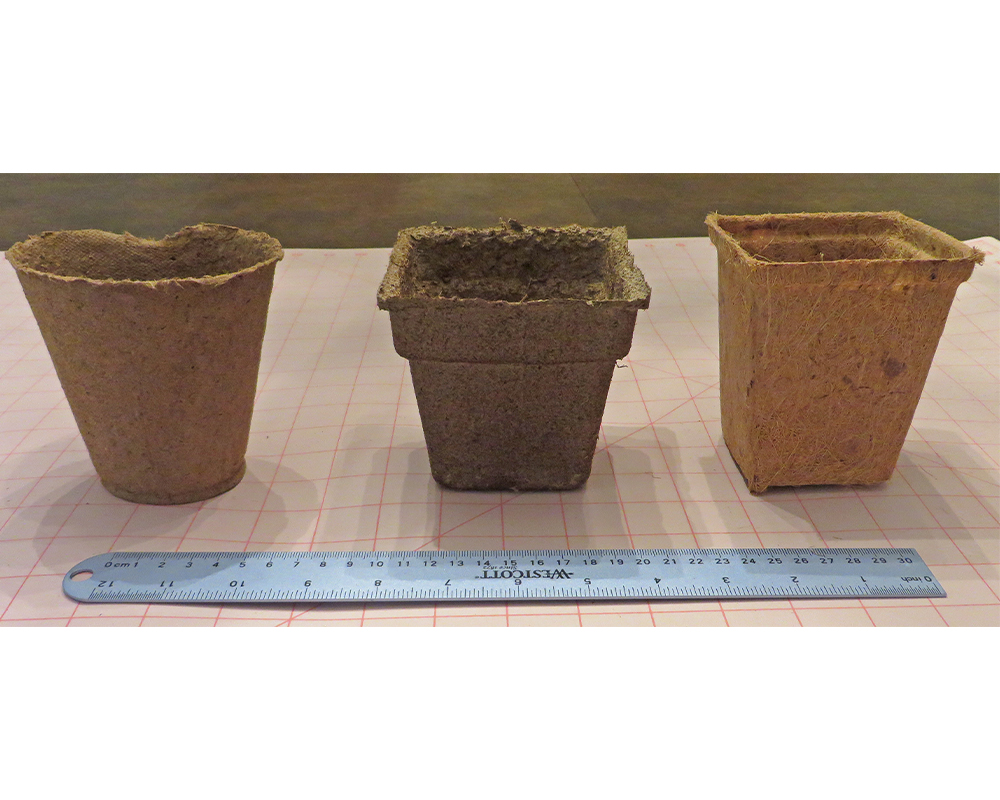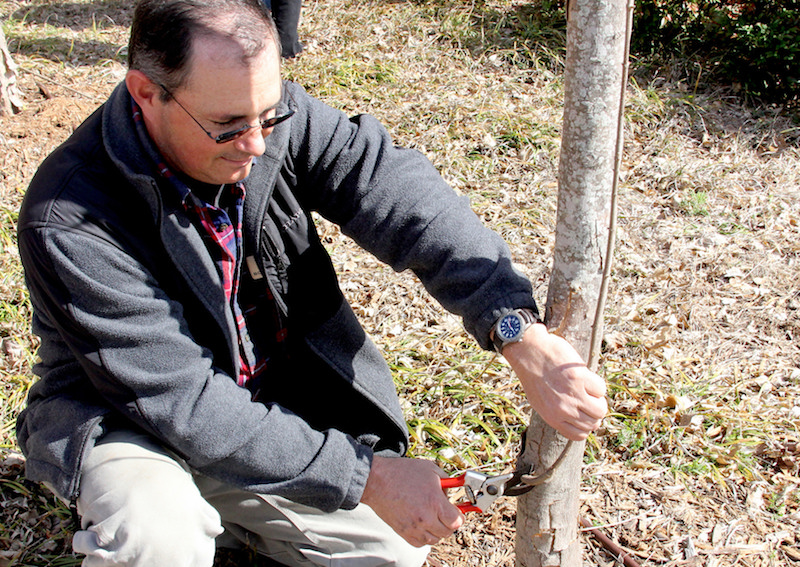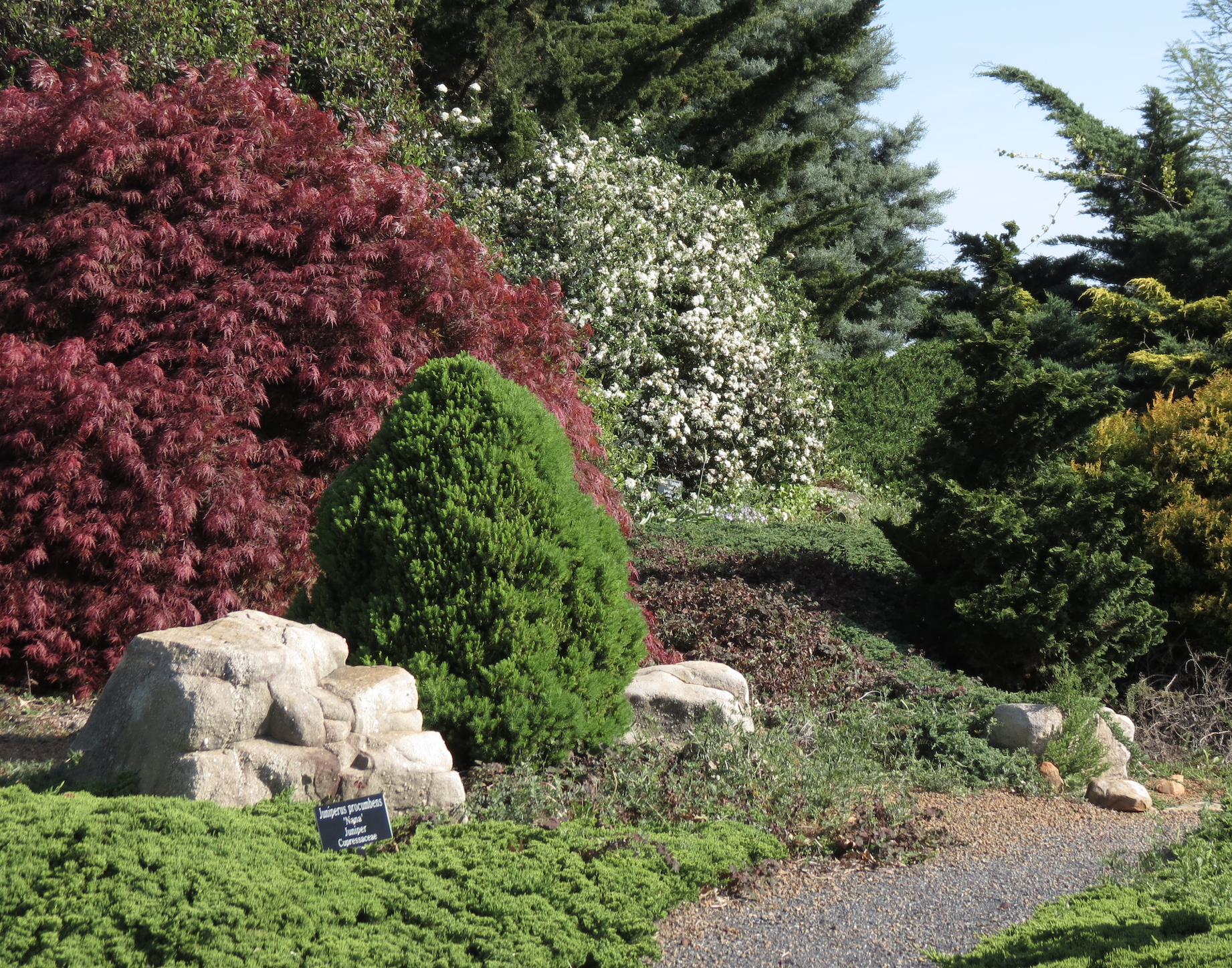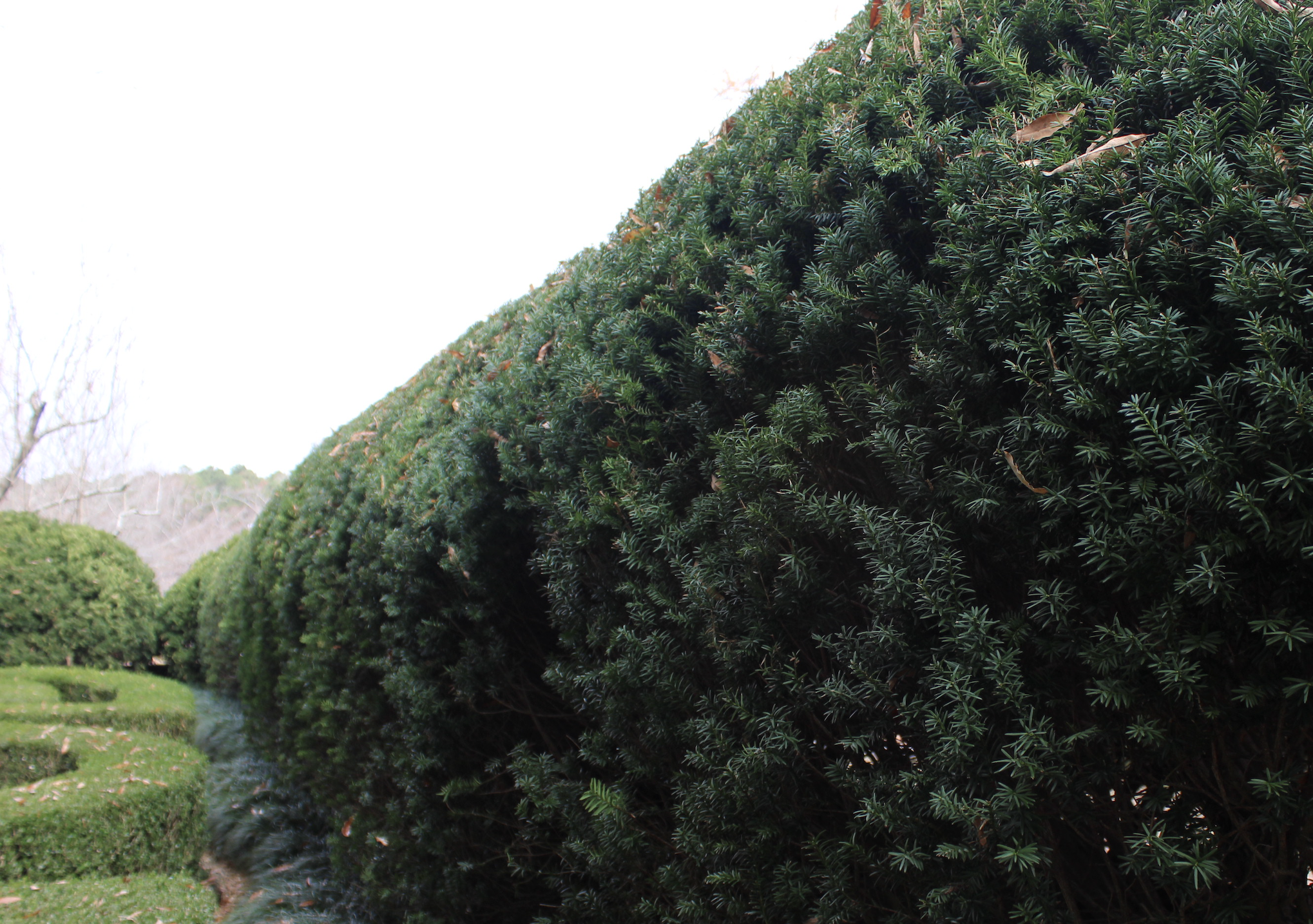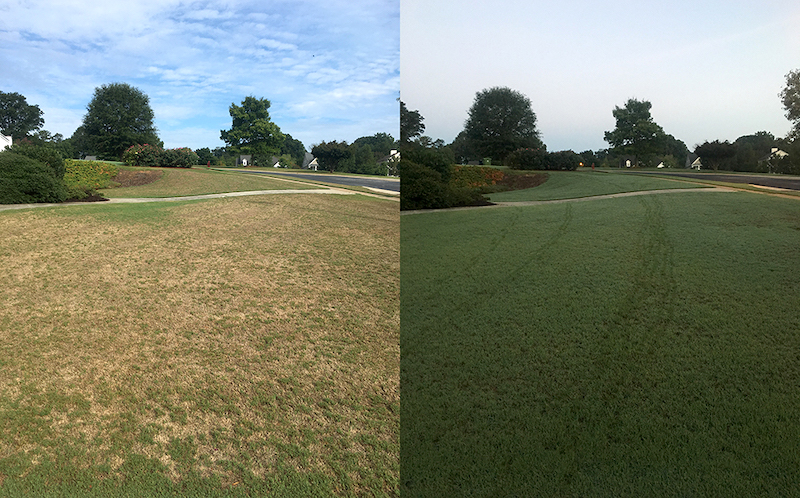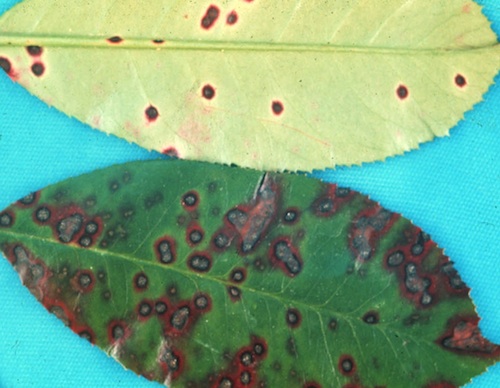 CAES News
CAES News
Leaf spot disease
Excessive rain signals another a bad year for leaf spot diseases on landscape trees and shrubs. The leaf spotting that affects pear trees, including both edible pears and ornamental Bradford types, is caused by a fungal disease known as Entomosporium leaf spot. This disease also affects related shrubs such as Indian hawthorn and red tip photinia.

